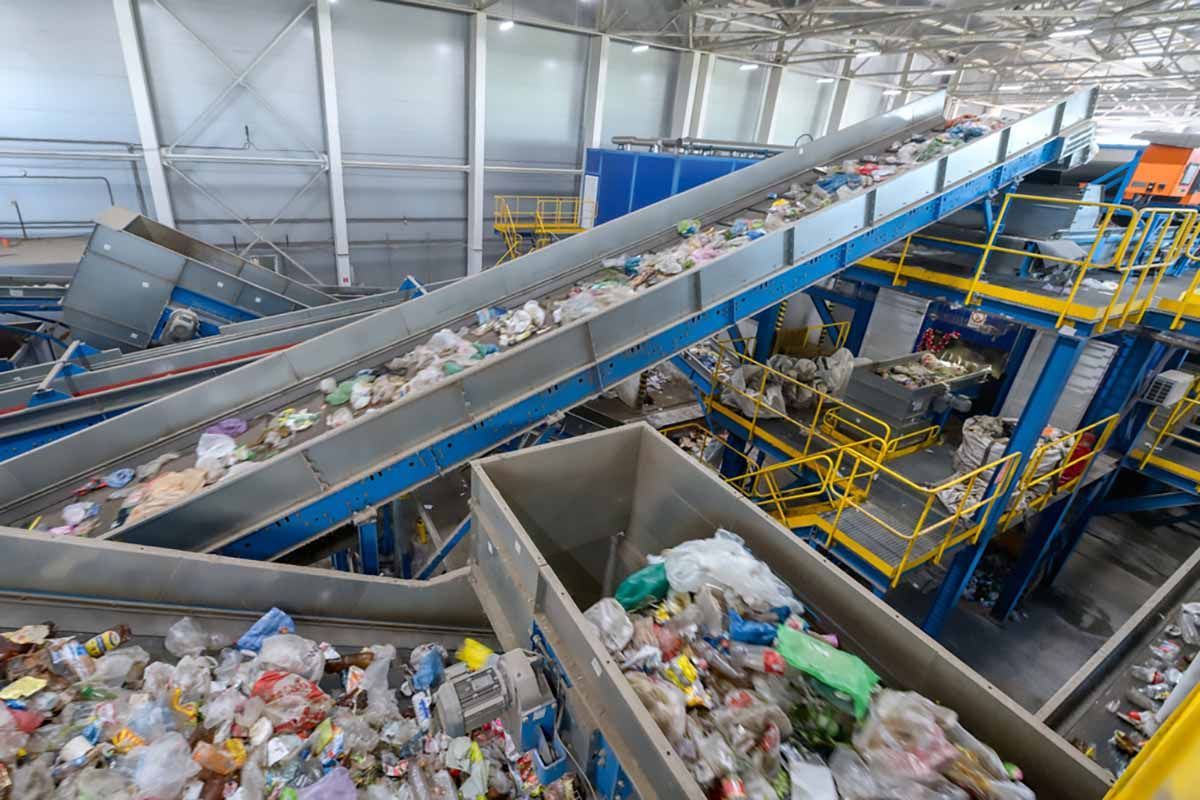Viably
We are pleased to welcome Viably as a new Supporting Advisory Member to the Northeast Recycling Council
Formerly known as Komptech Americas and recently rebranded as Viably, the Colorado-based company’s President describes the rationale for the name change in these terms:
“For over a decade, Komptech Americas has been a leading supplier of industrial waste and recycling equipment,” Brandon Lapsys explains. “And while you can count on our team to continue as the master distributor of Komptech technologies across North America, we’re expanding our capabilities, partnerships, and equipment lineup under the new brand name of Viably.
“We chose the name Viably because that’s how we approach everything we do. From parts and service to rental and pre-owned machine sales, there’s a lot we can do to help you increase efficiency, drive throughput, and produce the highest quality end products.”
NERC’s new Advisory Member anticipates a dramatic increase in its capabilities for distributing waste and recycling equipment, as Lapsys points out:
- We will soon introduce the new Komptech Lacero high-speed grinder, engineered for tough wood and green waste applications.
- We fully support Stationary Plant System integration, from design through installation and after sales support.
- Viably is a distributor of the full line of Turbo Separator food waste depackagers manufactured by Scott Equipment Company. These industry-proven systems separate up to 99% of organics from institutional and consumer packaging.
- We also distribute GypStream drywall recycling systems from Scott Equipment Company, which separates 99% pure gypsum from drywall paper backing.
- Viably is the North American Master Distributor of Harp Renewables Waterless Biodigesters, a range of aerobic recycling systems that reduce food waste volume by an average of 70% in 24 hours, producing a nutrient-rich, premium output that can be used as a soil enhancer, biomass fuel, or anaerobic digestion feedstock.
On its website, Viably differentiates among the solutions it offers according to waste stream:
- Its C&D waste processing solutions enable the diversion of more materials from landfills and transform them into profitable resources and revenue streams with economic and environmental benefits.
- Its Municipal Solid Waste (MSW) technologies recover value through efficient sizing, screening, and separating materials to maximize production efficiency, lower operation and labor costs, and increase diversion rates.
- Viably enables its partners to efficiently process green waste, food waste, and other organics to produce quality mulch, compost, and soil amendment products.
“We align cutting-edge waste shredding, windrow turning, screening, separating, depackaging, and biodigestion technologies with your specific production needs,” the company states. “This potent combination ensures that Viably solutions optimize your operational efficiencies and escalate your profitability.”
“Our work is not pretty,” the company continues. “Today, and every day, we tear into the waste of the world in search of more sustainable solutions. Because the path to a healthier planet requires innovation. Right here. Right now.”
For more information about Viably, please visit their website at https://thinkviably.com. Or contact the Viably team directly at hello@thinkviably.com.
NERC is pleased to welcome Viably to its team of Advisory Members. We look forward to collaborations that will improve the performance of waste and recycling technologies.
For more information about Viably click here
Share Post





